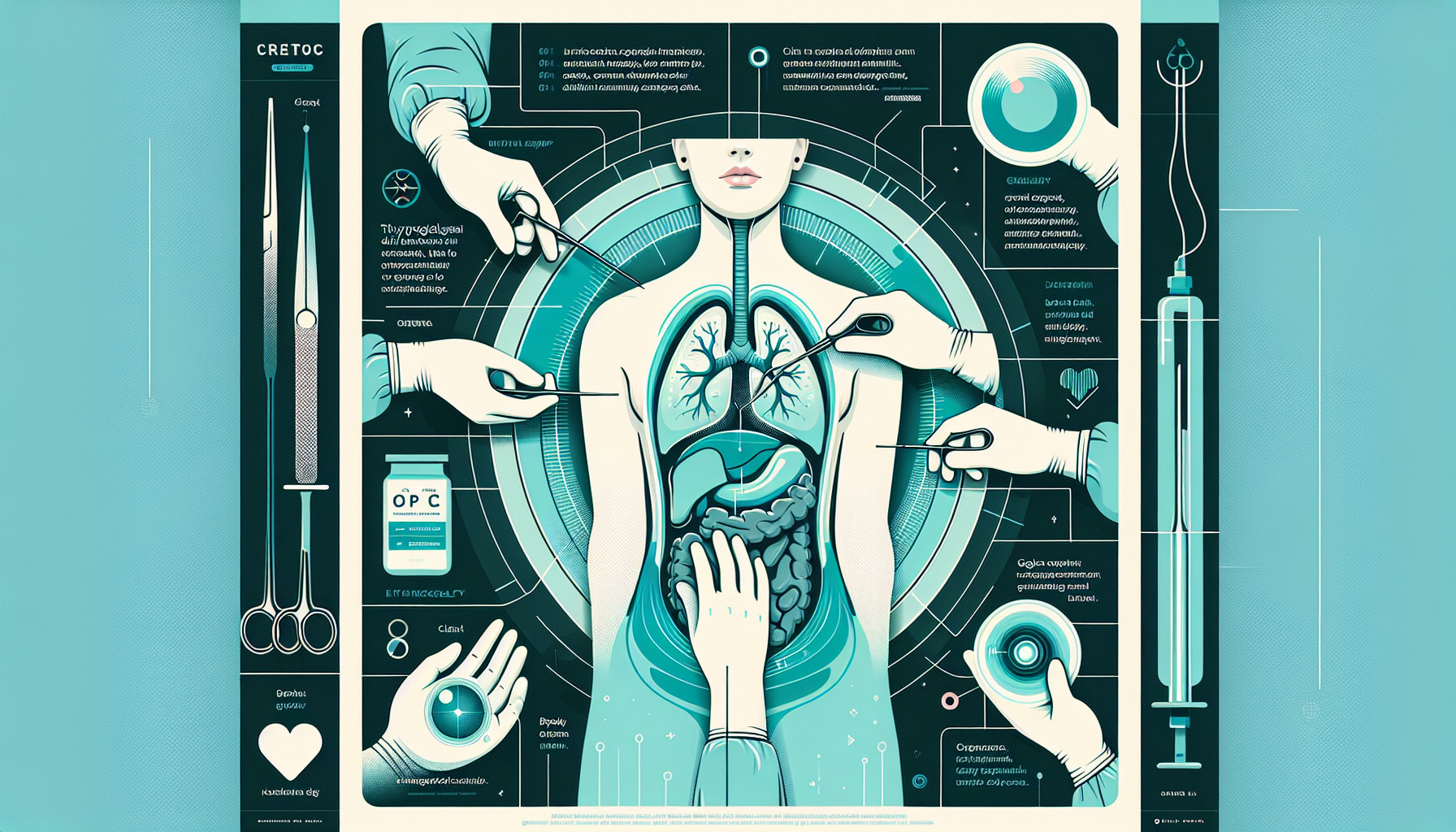Our Summary
This research paper discusses a new method for treating a common neck mass found in children called thyroglossal duct cyst (TGDC). Usually, the treatment involves a type of surgery known as a Sistrunk operation. However, the mass recurs in 5% to 7% of patients even after successful surgery, which might lead to multiple surgeries and potential complications. The paper introduces an emerging technique to treat the remaining mass after surgery, known as sclerotherapy, using a drug called doxycycline. The researchers present a successful case of a child with a recurring mass treated effectively with this new method.
FAQs
- What is a thyroglossal duct cyst and how common is it in children?
- What is the Sistrunk operation and why is it considered the cornerstone in TGDC removal?
- What is sclerotherapy and how is it used in the treatment of recurrent TGDC?
Doctor’s Tip
A helpful tip a doctor might tell a patient about thyroglossal duct cyst removal is to follow post-operative care instructions carefully to reduce the risk of recurrence. This may include keeping the incision site clean and dry, avoiding strenuous activities that could strain the neck area, and attending follow-up appointments as scheduled. Additionally, the doctor may recommend regular monitoring of the neck area to check for any signs of recurrence.
Suitable For
Patients who are typically recommended for thyroglossal duct cyst removal are those who have a persistent or recurrent cyst that is causing symptoms such as difficulty swallowing, breathing, or speaking. These patients may also have cosmetic concerns or be at risk for infection or malignancy. Additionally, patients who have had previous unsuccessful cyst removal surgeries may also be candidates for further intervention.
Timeline
Before Thyroglossal Duct Cyst Removal:
- Patient may present with a painless, palpable mass in the neck, usually in the midline.
- Imaging studies such as ultrasound or CT scan may be done to confirm the diagnosis.
- Surgical consultation is obtained, and the decision is made to proceed with Sistrunk operation for cyst removal.
After Thyroglossal Duct Cyst Removal:
- Patient undergoes Sistrunk operation, which involves removal of the cyst along with a portion of the hyoid bone and surrounding tissue.
- Recovery period typically involves pain management, wound care, and follow-up appointments with the surgeon.
- Patient may experience temporary difficulty swallowing or speaking due to swelling and inflammation in the surgical area.
- In some cases, there may be a recurrence of the cyst, necessitating further treatment such as repeat surgery or sclerotherapy.
Overall, the timeline for a patient before and after thyroglossal duct cyst removal involves initial presentation and diagnosis, surgical intervention, post-operative recovery, and potential follow-up treatment for recurrence.
What to Ask Your Doctor
- What is a thyroglossal duct cyst and why is removal necessary?
- What is the Sistrunk operation and why is it considered the standard treatment for thyroglossal duct cyst removal?
- What are the potential risks and complications associated with thyroglossal duct cyst removal surgery?
- What is the likelihood of recurrence after thyroglossal duct cyst removal and how is it typically managed?
- Can sclerotherapy with doxycycline be a viable treatment option for recurrent thyroglossal duct cysts?
- What is the success rate of sclerotherapy with doxycycline for treating recurrent thyroglossal duct cysts?
- What are the potential side effects or complications associated with sclerotherapy with doxycycline for thyroglossal duct cysts?
- How long is the recovery period after sclerotherapy with doxycycline for thyroglossal duct cyst removal?
- Are there any alternative treatments or procedures available for recurrent thyroglossal duct cysts?
- What follow-up care or monitoring is necessary after undergoing sclerotherapy with doxycycline for thyroglossal duct cyst removal?
Reference
Authors: Ibrahim FF, Daniel SJ. Journal: Int J Pediatr Otorhinolaryngol. 2016 Jul;86:19-21. doi: 10.1016/j.ijporl.2016.04.009. Epub 2016 Apr 12. PMID: 27260573
